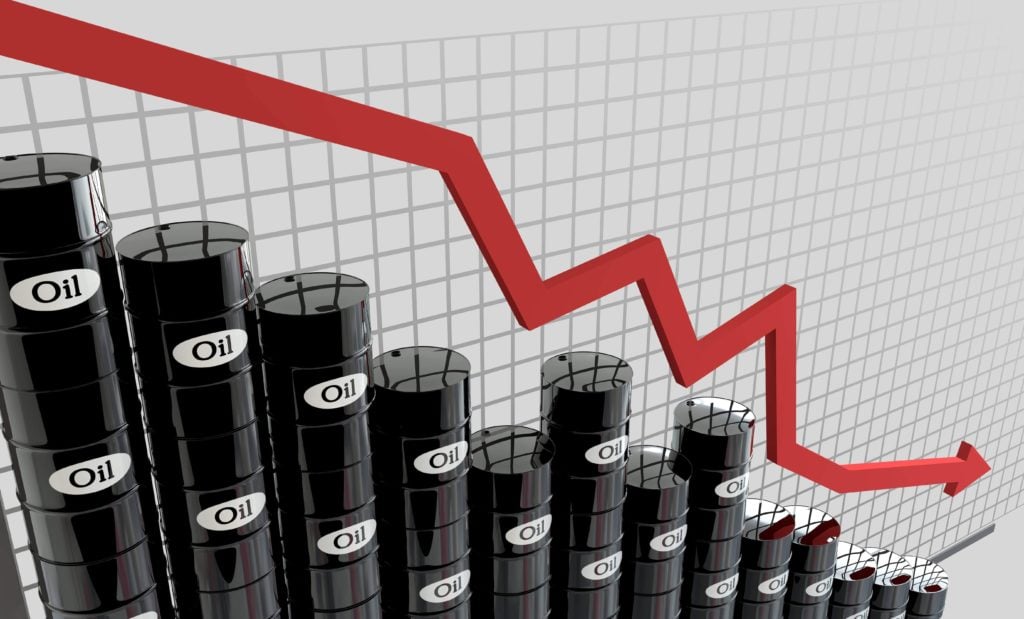
Fuel Oil News: Factors Influencing Global Oil Price
The global crude oil market is subject to many factors significantly influencing oil prices and market dynamics. Understanding these factors and their interplay is crucial for investors, industry participants, and policymakers. This article delves into six key factors currently shaping the crude oil market: China’s refinery data, Russia’s oil price outlook, OPEC+ supply cuts, the Bank of England’s rate hike, Iran’s expanding oil exports, the state of US oil rigs, and fuel oil news. By examining these factors, we gain valuable insights into the current state of the oil market and potential future trends.
China’s Refinery Data: Propelling Oil Prices with Growing Demand
China, the world’s largest crude oil importer, holds significant sway over the global oil market. In May, China’s refinery throughput surged by an impressive 15.4 percent, reaching its second-highest record level. This remarkable increase was primarily driven by refiners returning units online from planned maintenance and independent refiners taking advantage of cheap imports and the cheapest oil prices.
The resurgence in Chinese refinery activity has instilled hope in the market, boosting oil prices. As the Chinese economy continues to rebound and demand for petroleum products rises, the expectation of sustained growth in Chinese demand acts as a bullish factor for oil prices.
Russia’s Oil Price Outlook: Realistic Expectations
Russian Energy Minister Nikolai Shulginov expressed a positive outlook on oil prices, affirming that achieving the $80 per barrel milestone is “attainable.” The optimistic outlook is based on multiple factors, including reductions in production and anticipated decreases in Russian oil and gas condensate production, estimated to be around 20 million tonnes (400,000 bpd) in the current year. This led to the cheapest oil prices and increased oil sales of fractions from crude oil.
By emphasizing the potential for higher oil prices, Russia sends a strong message to the market, instilling confidence and encouraging investors. If the anticipated production declines materialize as expected, it could further support the oil price outlook. However, market dynamics and geopolitical factors should still be closely monitored, as they can influence the feasibility of Russia’s projections.
OPEC+ Supply Cut: Balancing the Market and Stabilizing Prices
OPEC and its allied countries, collectively referred to as OPEC+, have a crucial role in impacting oil prices by implementing coordinated supply adjustments. To stabilize the market and support prices, OPEC+ members, excluding Russia, extended earlier supply cuts through the end of 2024.
By extending the supply cut agreement, OPEC+ aims to balance the oil market by reducing the excess supply. This ensures the cheapest oil prices, and supporting oil sales of fractions from crude oil. This decision signifies the collective effort to prevent a surplus that could undermine price stability. The OPEC+ supply cut is crucial in supporting oil prices and instilling confidence in the market.
BoE Rate Hike: Balancing Economic Growth and Interest Rates
One crucial factor impacting crude oil markets is the prospect of rising interest rates. A potential rise in interest rates can be a headwind, slowing economic growth. The Bank of England has signaled its intention to raise interest rates by a quarter of a percentage point shortly. This decision comes as a means to manage inflationary pressures and maintain economic stability.
For the crude oil market, the rate hike poses a double-edged sword. On the one hand, higher interest rates may curb economic activity, reducing oil demand. This could lead to a decrease in oil prices.
Iran Exports: Expanding Supply Despite Sanctions
Despite facing sanctions from the United States, Iran achieved record-breaking crude exports, oil sales, and oil exports in 2023. This surge in the Iranian oil supply has added to the global supply. Therefore, creating a surplus when other oil-producing nations actively limit their output and affecting oil tank availability and cheapest oil prices. Despite sanctions, the increased supply from Iran has exerted downward pressure on oil prices and challenged the efforts of other oil-producing countries to stabilize the market through output cuts.
US Oil Rigs
Another significant factor influencing crude oil markets is the fluctuation in the number of oil rigs in the United States. Recent data from energy services firm Baker Hughes Co (BKR.O) shows a decline in US oil rigs, reaching their lowest level since April 2022. The reduction in oil rigs indicates a slowdown in drilling activity, potentially leading to a decrease in oil production. This decline in production could, in turn, tighten the global supply and put upward pressure on oil prices.
In conclusion, the crude oil market is influenced by various factors. Starting from refinery data in China to geopolitical events affecting major oil-producing nations, including fuel oil news. However, Understanding and analyzing these factors are essential for predicting market trends and making informed decisions. While factors such as China’s growing demand and OPEC+ supply cuts to support oil prices, variables like Russia’s oil price outlook, the Bank of England’s rate hike, Iran’s expanding exports, and the state of US oil rigs introduce complexities and uncertainties.



